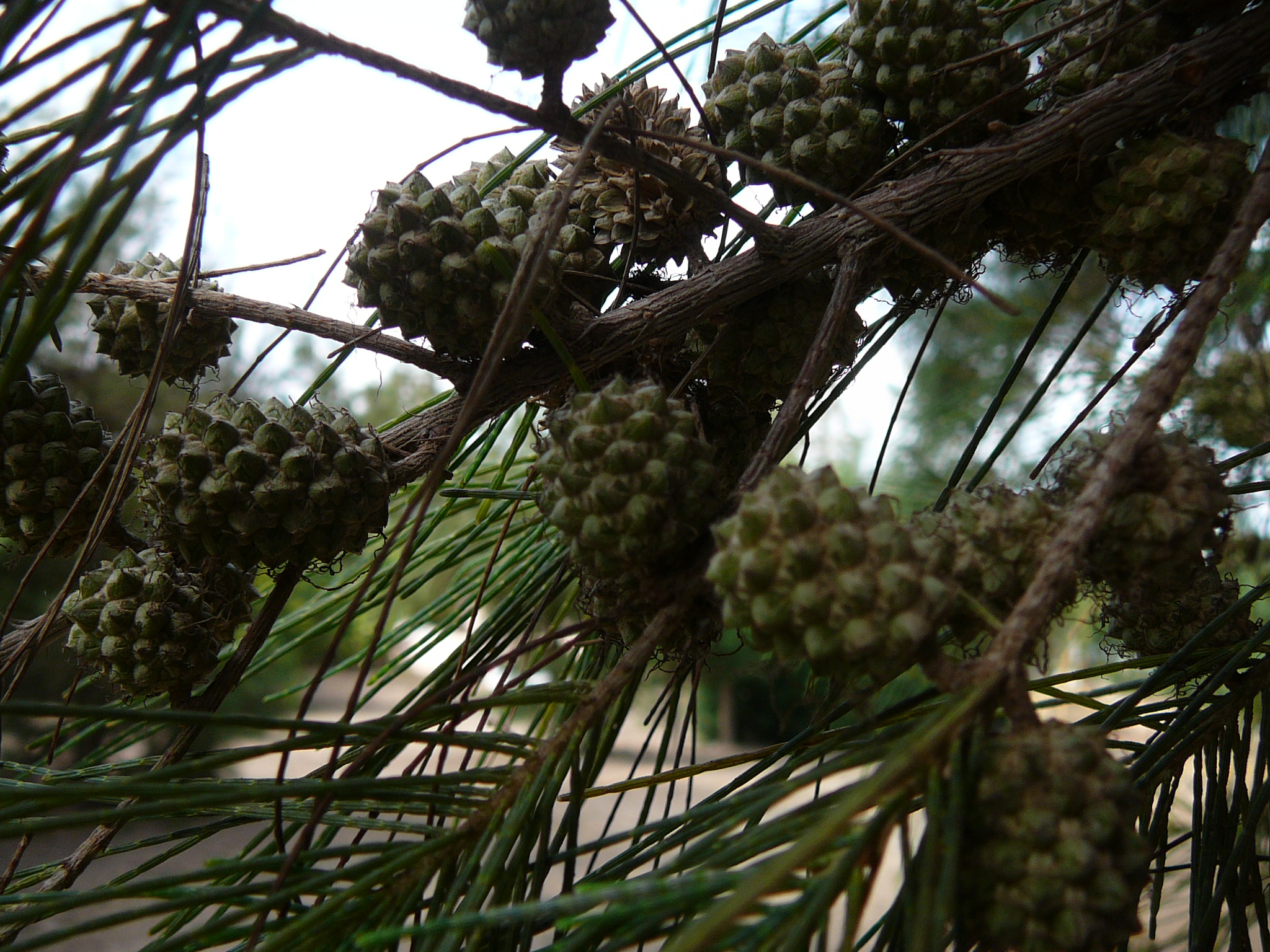The Distribution of Casuarina equisetifolia and Its Utilization Along Southern Coast of Bantul, Yogyakarta

Bantul is one of four regencies and city in Yogyakarta Province, Indonesia. Hills in the eastern and western, plain in the middle and coast in the southern directly border on Indian Ocean. Due to the existing of protected area, sandy agricultural land and the biggest contribution to regency income from tourism, cultural beach and fish landing ports, the southern coast becomes very important part. Began in 1995, Universitas Gadjah Mada (UGM) established cemara udang, local name for beach she-oak (C. equisetifolia) provenance Lombang from East Java in Samas, Bantul. It was then extensively continued to Pandansimo and other places.
A survey was conducted to investigate the distribution of beach she-oak and pioneer vegetation along the southern coast of Bantul. The data were gained by making transects 10 m in width along 13 km on the seaward slope and crest of fore-dune to back-dune from Parangtritis to Parangkusumo and Parangtritis sand dune, as well as exploring along the track near the coastline in February and May-July 2008. All targeted species were recorded, documented, sampled, and were then identified in the Laboratory of Dendrology, Faculty of Forestry, UGM. In order to find out its utilization by local community, short interview was also done. Secondary data were collected in November 2007. Rolling grass (Spinifex littoreus) was recorded as the most dominant herbaceous species in the seaward and fore-dune. It prepares and increases the rate and height of dune formation and together brings about dune stabilization.
 There were six places where beach she-oaks distributed, namely Parangtritis, Depok, Samas, Pandansari, Kuwaru, and Pandasimo. Most of them that has Attims architecture model were established in fore-dune in row formation for preventing agricultural land, fishing villages and embankment from wind erosion. In Depok, Parangtritis and small part of Pandansimo and Samas, beach she-oaks were found in individual and artificially pruned from middle to the lowest branch as shady tree. They were scattered mostly landward in the yard of fishing villages, waysides, trading area, parking areas, and rest areas. There was not finding about exploitation of their wood and medicinal practice by local community.
There were six places where beach she-oaks distributed, namely Parangtritis, Depok, Samas, Pandansari, Kuwaru, and Pandasimo. Most of them that has Attims architecture model were established in fore-dune in row formation for preventing agricultural land, fishing villages and embankment from wind erosion. In Depok, Parangtritis and small part of Pandansimo and Samas, beach she-oaks were found in individual and artificially pruned from middle to the lowest branch as shady tree. They were scattered mostly landward in the yard of fishing villages, waysides, trading area, parking areas, and rest areas. There was not finding about exploitation of their wood and medicinal practice by local community.
Key words: Bantul coast, distribution, beach she-oak, utilization
Syahbudin, A., Osozawa, K., Ninomiya, I. and Adriyanti, D.T. (2009) The Distribution of Cemara Udang (Casuarina equisetifolia) and Its Utilization Along Southern Coast of Bantul, Yogyakarta. In Kobayashi, K. and M. Ali (Eds.) Wetland and Climate Change: The Needs for Integration. Proceeding of JSPS-VCC Core University Program, International Seminar on Wetlands and Sustainability 2009, Sabah, Malaysia: 173-182.


